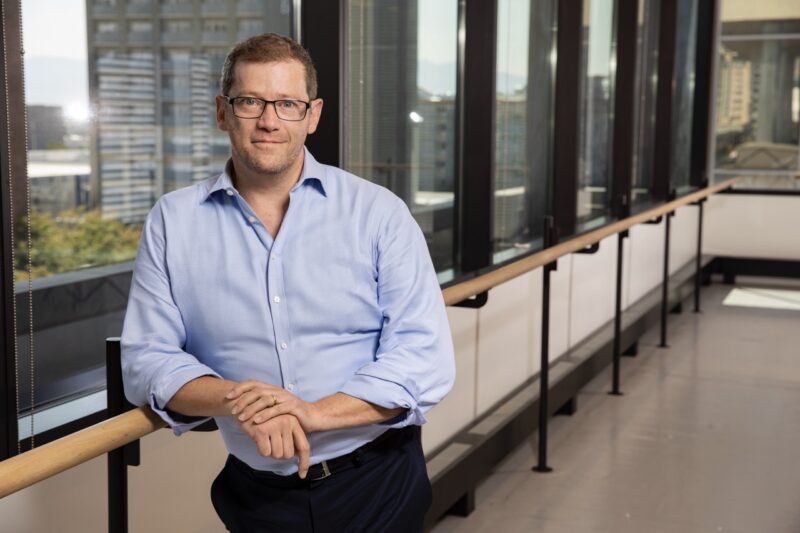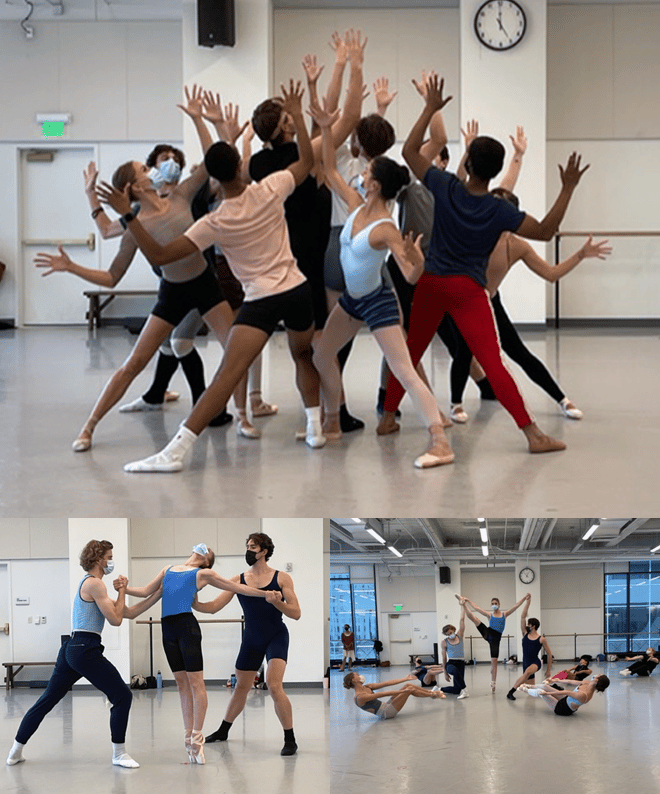
Ballet West, one of America’s leading and largest ballet companies, has earned an international reputation for artistic innovation and excellence since its founding in 1963. The Salt Lake City-based company has entertained audiences in Utah and worldwide by presenting great classical ballets, historical masterpieces, and new cutting-edge creations. The company continues to build future ballet artists and audiences by providing classical ballet training through the Frederick Q. Lawson Ballet West Academy at its four campuses for more than 1,000 students. Ballet West also operates one of the largest education and outreach/community engagement programs in the country, reaching hundreds of thousands of children and adults throughout Utah and the Intermountain Region every year.
The finale of Ballet West’s 2022–23 season features three Ballet West premieres, including Light Rain, in honor of Mr. Arpino’s 100th birthday. The program, entitled “The Wedding,” runs April 14–22, 2023 at the Janet Quinney Lawson Capitol Theatre in Salt Lake City.
Adam Sklute has been artistic director of Ballet West since 2007. He spent 23 years with The Joffrey Ballet, beginning as a dancer, then joined the artistic staff and was part of the team that moved the company from New York to Chicago. Sklute has extensive television and film credits and is an adjunct professor at The University of Utah as well as a teacher, lecturer, coach, and judge for ballet schools, competitions, and companies worldwide.

Adam Sklute’s thoughts and recollections:
What is your personal history performing Arpino works?
I was a dancer with The Joffrey Ballet from the mid-1980s through approximately 2000. I was one of the last dancers hired by Robert Joffrey. When we moved from New York to Chicago, I became a member of the artistic staff as ballet master, then assistant director, and finally as Mr. Arpino’s associate director in 2004. I grew up in Berkeley, California, where the Joffrey used to have residencies and premiered a host of Gerry’s ballets, including Kettentanz, Trinity, and later, across the bay in San Francisco, Light Rain, among many others. I started dancing because of the Joffrey and Gerry’s ballets in particular. Their energy, dynamic, and unique style are what inspired me to dance. When I joined the Joffrey, I was part of a group of dancers always in his works, and later, it was my honor to be by his side as part of a team that taught and coached his ballets. I even helped with the development of the very last two ballets Gerry created: IDNA and his little gem RUTH, Ricordi per Due. Getting him to return to the studios after decades without choreographing was such a labor of love, and RUTH, Ricordi remains a regular part of my company’s repertoire today. My entire career, both as a dancer and in leadership, has been influenced and colored by Gerry’s approach to dance and movement.
What does it mean to you to present Light Rain as we celebrate Mr. Arpino’s centennial?
Among Gerry’s many wonderful ballets, there are a small group that I consider show-stoppers, Light Rain being one of them. Throughout my time with the Joffrey, we performed the work around the world to thunderous applause and cheers. It became a signature work of the Joffrey from the ’80s through the early 2000s. It truly is a hallmark of Gerry’s choreography and unique style. Bringing this joyous, exciting, and fun work to the Centennial is certainly an honor for my company. It also is emotional for me on many levels as it feels a bit like coming home.
How would you describe the Arpino style? What are some distinctive elements of his choreography?
Gerald Arpino’s unique style of movement comes from a combination of classical ballet and modern dance training, in my opinion. His approach to dance is ultimately classically based but with a powerful contemporary use of the torso, the side of the body, and the twist of the spine and hips. Additionally, his movement requires a special type of attack to the steps, either drawing out the beginning and hitting the apex or attacking the start and extending the finish of the movement languorously. Even in slow work, intense energy is required to create the proper effect through the entire body—that energy he simply called “Zaa.” No matter how fast or sharp, there is a lushness and romanticism to his more classically based creations. Watching his works can be like standing in the center of a flight of meteors (to paraphrase Agnes de Mille). That said, he worked in so many different genres and styles that he was also often referred to as “not just one choreographer, but a whole fleet.”
How does dancing Arpino ballets prepare a dancer for other types of repertory?
For all the details I map out in the above comments, his work trains your body to work in total—not just the feet or the legs, but everything moving together. Personally, I feel dancing Gerry’s works made me fearless, taught me coordination, and gave me speed and energy for everything I danced.
